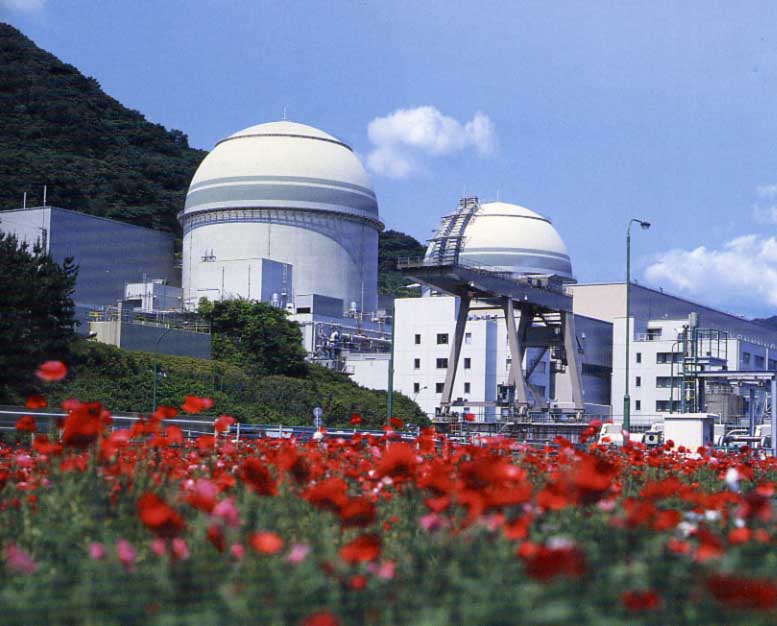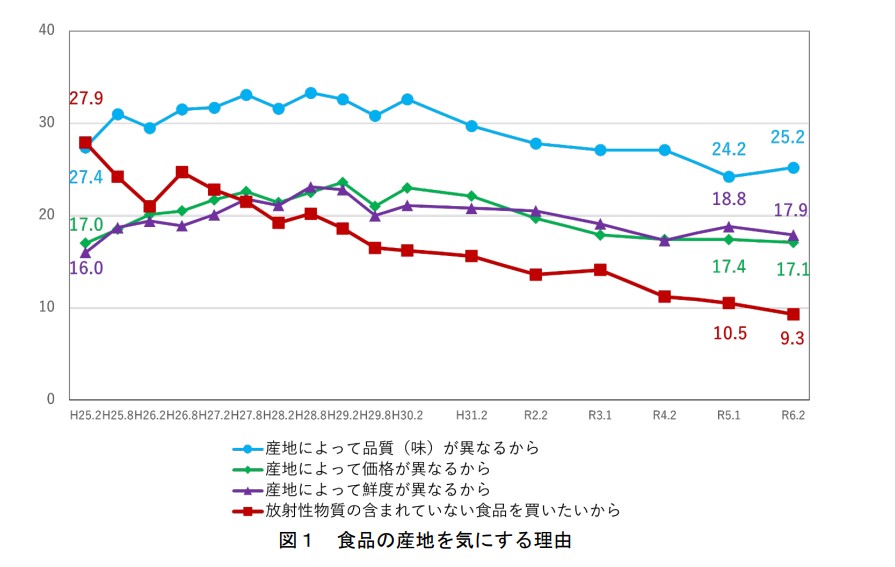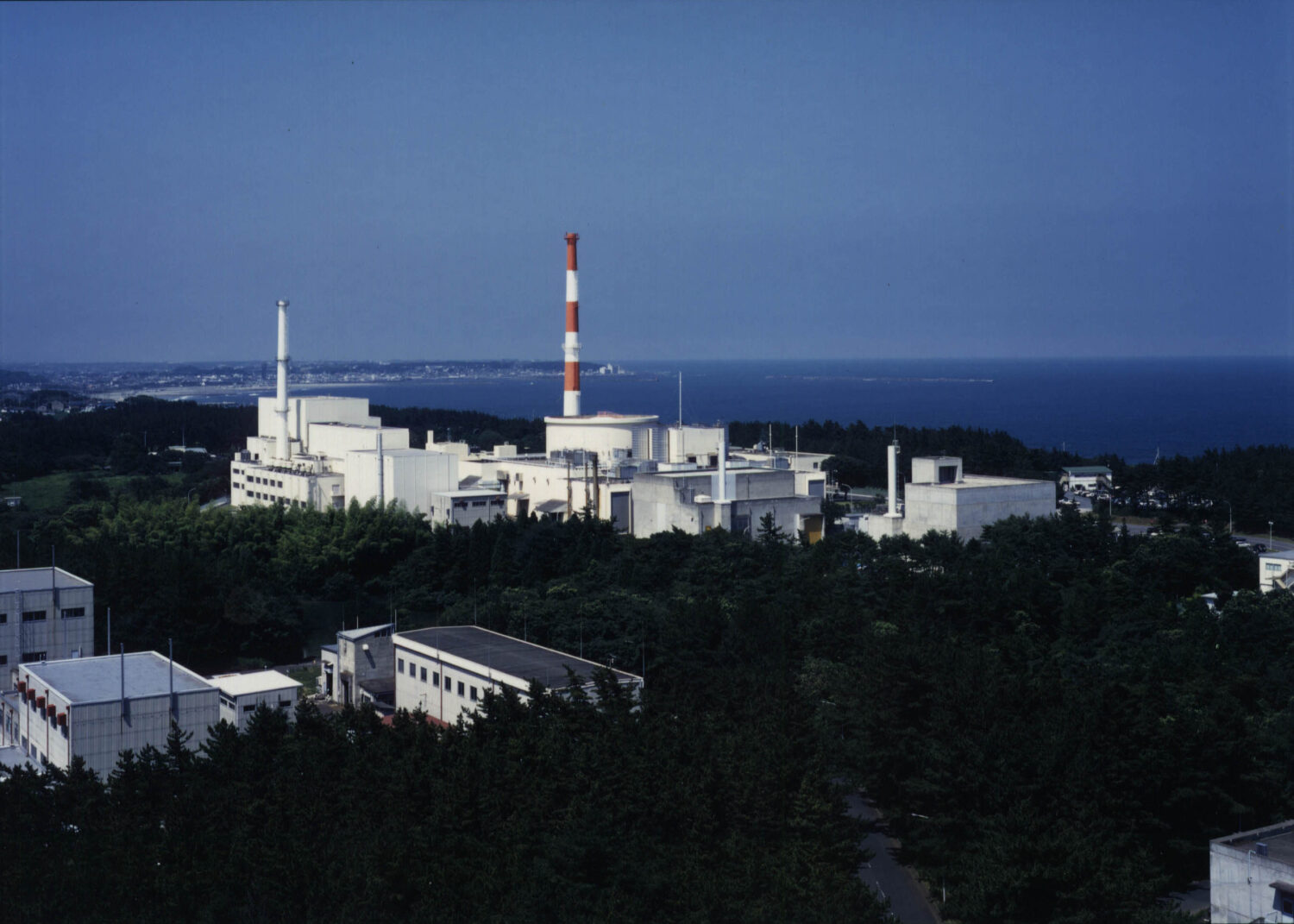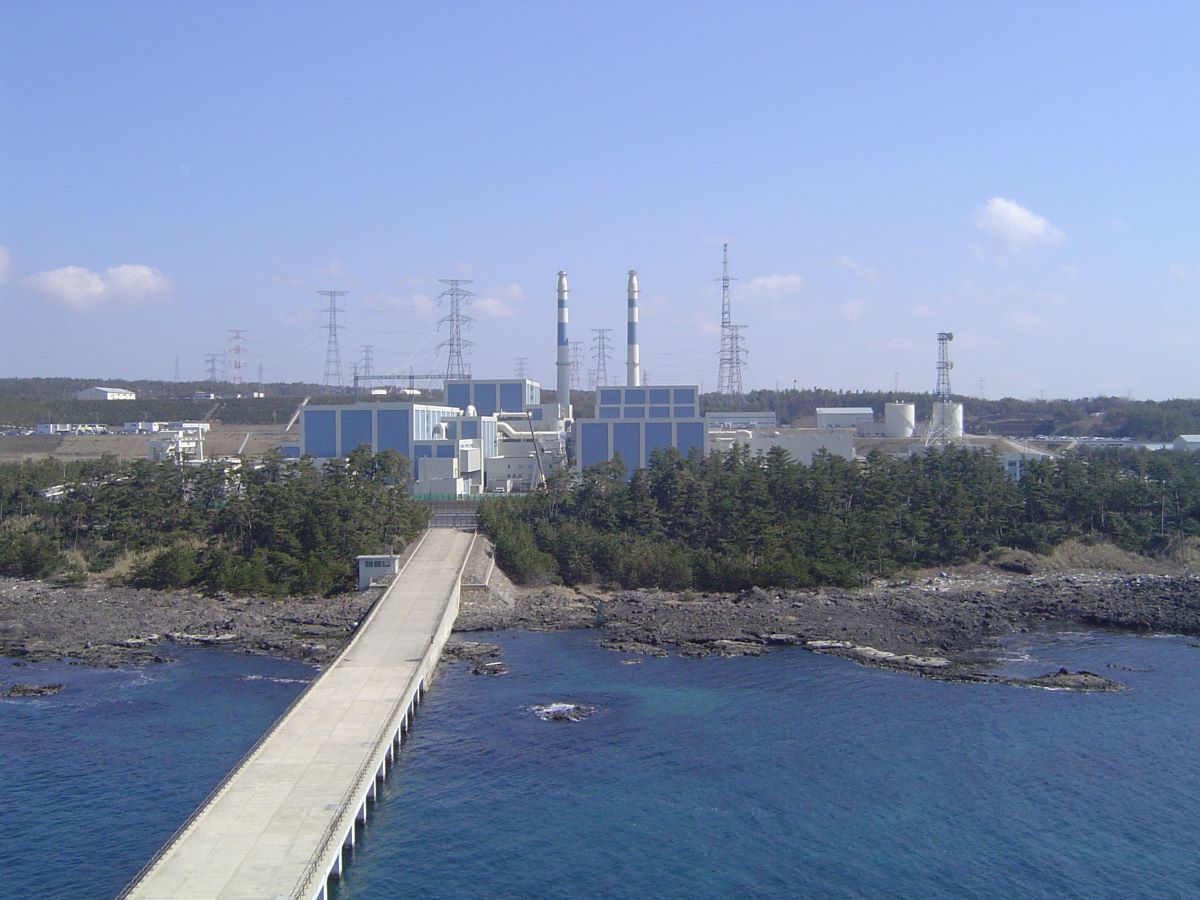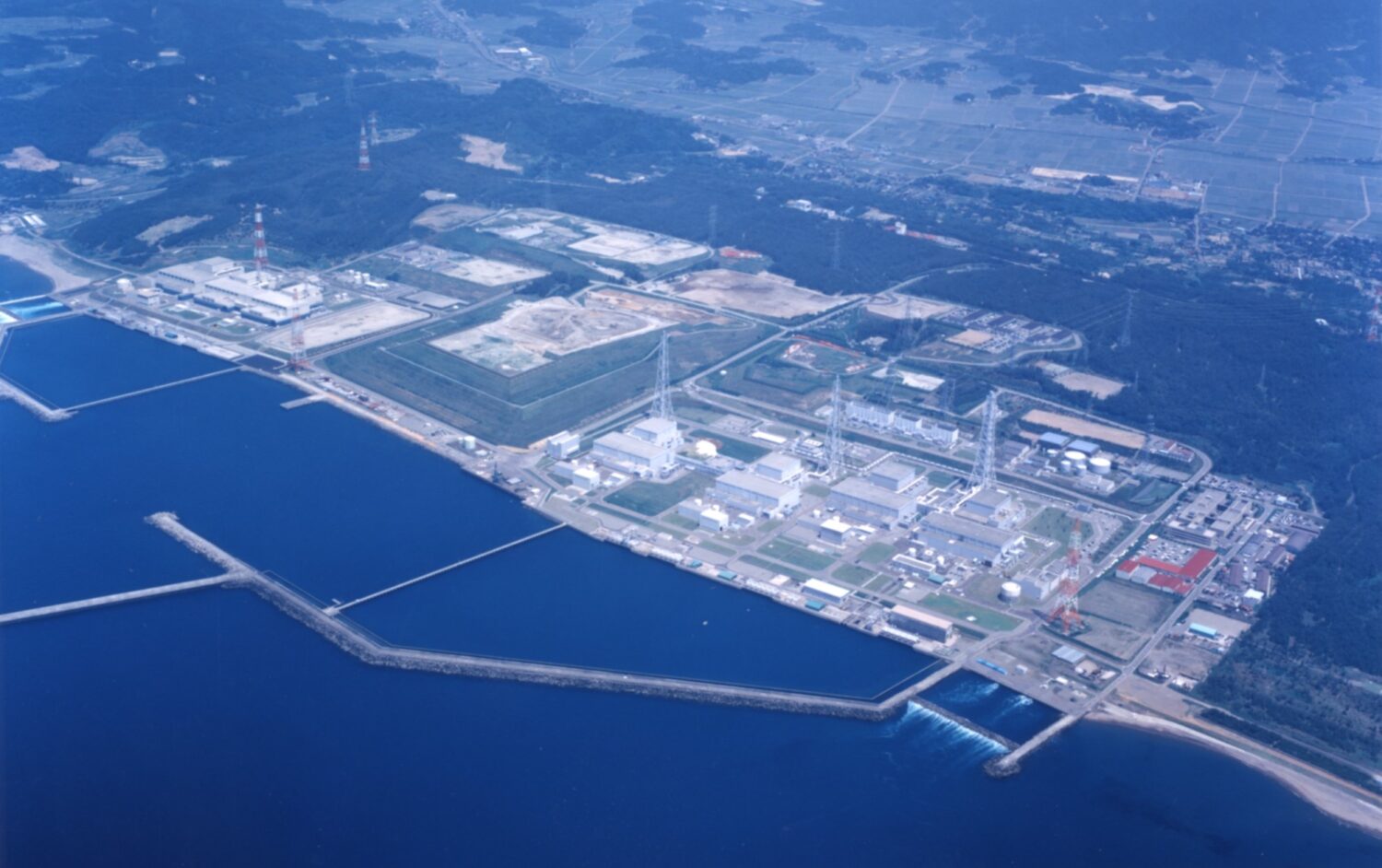Examinations are being carried out in response to submissions by the operators of applications for permission to change reactor installations, construction work plans, and revisions to operational safety programs. The NRA has accepted applications for 26 NPPs at 16 sites. A summary of the status of the examinations that have made the most relative progress is given below.
【PWRs】
- Kansai Electric Power Co. (Kansai EP), Ohi-3 and -4 (1180MWe each): Currently public comments are being invited containing scientific and technical opinions on draft review reports (comments can be submitted over a thirty-day period, from February 23 through March 24).
 Hokkaido Electric Power Co., Tomari-3 (912MWe): Deliberations are generally finished on volcanic issues. Causes of geographical features on the west coast of the Shakotan Peninsula and more are still under consideration. Depending on the results, it may be necessary to confirm the effects on ground motion and tsunami risks. Regarding the plant, the operator is working on a seismic and tsunami-resistance design policy for a seawall, which will be confirmed through later examinations.
Hokkaido Electric Power Co., Tomari-3 (912MWe): Deliberations are generally finished on volcanic issues. Causes of geographical features on the west coast of the Shakotan Peninsula and more are still under consideration. Depending on the results, it may be necessary to confirm the effects on ground motion and tsunami risks. Regarding the plant, the operator is working on a seismic and tsunami-resistance design policy for a seawall, which will be confirmed through later examinations.
【BWRs】
- Tokyo Electric Power Co. (TEPCO), Kashiwazaki Kariwa-6 and -7 (1356MWe each): Examinations are generally in their final stages. There remain, however, points of contention, including an emergency response area in the Main Anti-earthquake Building, an emergency response area within the Unit-5 (1100MWe) reactor building, and evaluations of effectiveness, all of for which deliberations will continue.
 Chugoku Electric Power Co., Shimane-2 (820MWe): Deliberations are generally finished on the geological nature and structure of the site and volcanic activity. Currently, evaluation is under consideration for faults and a basis for identifying earthquake strata. Based on the results, deliberations will be carried out on ground motion. Discussions have just started on tsunami. Regarding the plant, main examination items, including evaluations related to natural phenomena, are under deliberation on effectiveness and design policy, among others, and examinations will continue.
Chugoku Electric Power Co., Shimane-2 (820MWe): Deliberations are generally finished on the geological nature and structure of the site and volcanic activity. Currently, evaluation is under consideration for faults and a basis for identifying earthquake strata. Based on the results, deliberations will be carried out on ground motion. Discussions have just started on tsunami. Regarding the plant, main examination items, including evaluations related to natural phenomena, are under deliberation on effectiveness and design policy, among others, and examinations will continue.- Tohoku Electric Power Co., Onagawa-2 (825MWe): Deliberations are generally finished on standard tsunami and volcanic activity. As for ground motion, deliberations are making progress on evaluations of individual ground motion, while one more point— the issuance of standard ground motion—requires further consideration. From now on, the stability of the ground and slope will be taken up. Regarding the plant, the main examination items—including evaluations of effectiveness, design policy, etc., regarding natural phenomena—are being deliberated, as is the appropriateness of an analysis model for considering deterioration of concrete rigidity at the reactor building.
- Chubu Electric Power Co., Hamaoka-4 (1137MWe): Deliberations are generally finished on evaluations of ground motion in inter-plate earthquakes. Evaluations are under deliberation on the activity of faults on the site premises and around the site, as well as and evaluations of ground motion in an oceanic inter-plate earthquake. From now on, evaluations will be deliberated of ground motion in an inland crustal earthquake and tsunami effects. As for the plant itself, main examination items under deliberation include the evaluations of effectiveness and design policy for natural phenomena, and examinations are to continue.
- Japan Atomic Power Company (JAPC), Tokai-2 (1100MWe): Deliberations on standard ground motion and standard tsunami are generally finished. One remaining point—the appropriateness of the expected depth of volcanic ash—is under deliberation, and the safety of the ground and slope will be taken up in the future. Plant items under deliberation include measures for fire-retardant cables and severe accident measures, among others.



-1.png)








.jpg)


